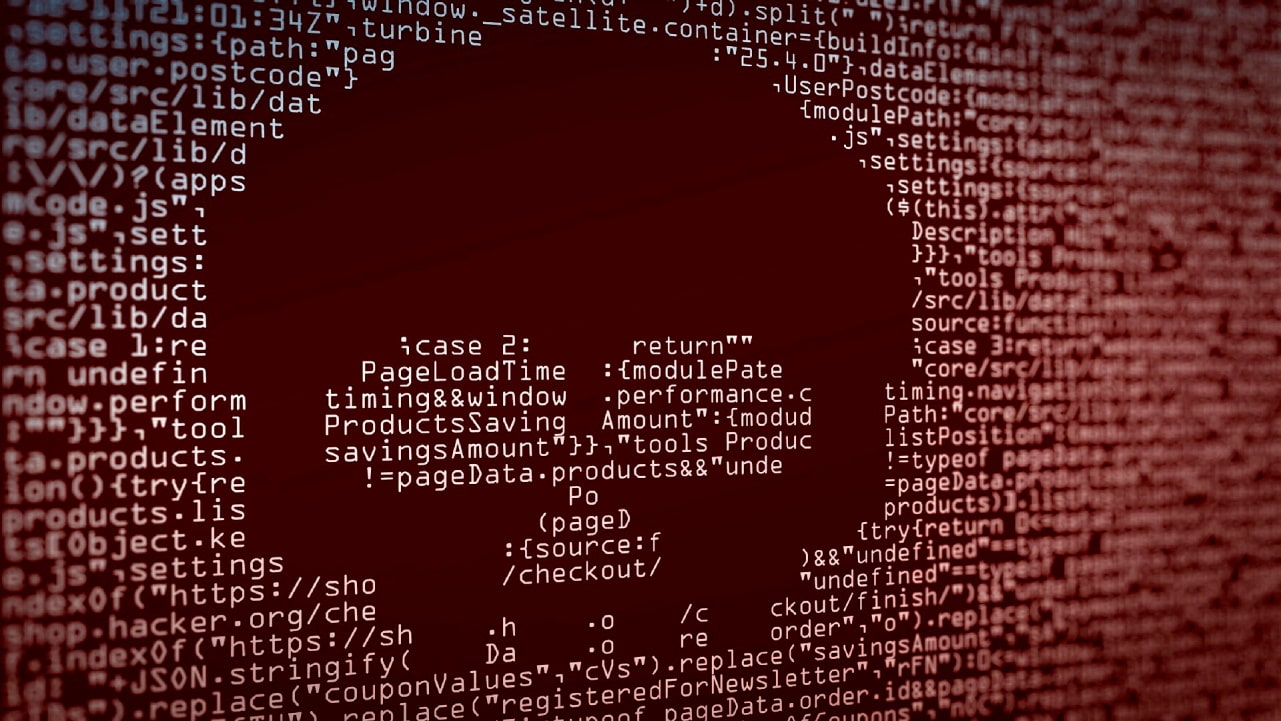Mitigating Common Threats and Vulnerabilities to Ensure Domain Name Security – The Importance of DNSSEC, Phishing Prevention, Domain Hijacking Protection, DNS Amplification Attack Mitigation, Reputable Domain Registrars, Strong Passwords, Two-Factor Authentication, and Regular Monitoring.
Domain name security is a crucial aspect of online business and communication. Domain names are an essential component of the internet, serving as unique identifiers for websites and email servers. However, as with any critical component of technology, domain names are vulnerable to a range of threats and vulnerabilities that can undermine their security and compromise their integrity.
In this article, we’ll examine some of the most common threats and vulnerabilities that can arise from ignoring domain name security. We’ll also explore some best practices for protecting your domain name and ensuring its ongoing security.
Domain Name System (DNS) Spoofing
One of the most common threats to domain name security is DNS spoofing. DNS spoofing is a type of attack in which an attacker modifies DNS records in order to redirect traffic to a malicious website. In many cases, DNS spoofing is used to steal sensitive information from users or to distribute malware.
DNS spoofing attacks can be difficult to detect, as they are designed to mimic legitimate websites and email servers. However, there are several steps that you can take to protect yourself from this threat. One of the most effective ways to prevent DNS spoofing is to use DNSSEC (Domain Name System Security Extensions). DNSSEC adds an additional layer of security to the DNS by digitally signing DNS records, making it much more difficult for attackers to modify them.
Phishing Attacks
Phishing attacks are another common threat to domain name security. Phishing attacks involve sending fraudulent emails that appear to come from legitimate sources, such as banks or other financial institutions. The goal of these attacks is to trick users into providing sensitive information, such as passwords or credit card numbers.
Phishing attacks can be particularly effective when they target high-profile companies or individuals. For example, a phishing attack against a major bank could result in thousands of customers falling victim to the attack, potentially resulting in significant financial losses.
To protect against phishing attacks, it’s important to educate yourself and your employees about the signs of a phishing email. Some common red flags include misspellings or grammatical errors, requests for sensitive information, and links to suspicious websites. You can also use email authentication technologies, such as SPF (Sender Policy Framework) and DKIM (DomainKeys Identified Mail), to help verify the authenticity of incoming emails.
Domain Hijacking
Domain hijacking is a type of attack in which an attacker gains control of a domain name without the owner’s permission. This can happen in a variety of ways, including exploiting vulnerabilities in domain registrar systems or using social engineering techniques to trick domain owners into giving up control of their domain.
Once an attacker has control of a domain, they can use it to launch a range of attacks, including phishing attacks, DNS spoofing attacks, and malware distribution. They can also use the domain to send spam emails or to host illegal content.
To protect against domain hijacking, it’s important to choose a reputable domain registrar and to use strong passwords and two-factor authentication to secure your account. You should also regularly monitor your domain registration information to ensure that it has not been changed without your knowledge.
DNS Amplification Attacks
DNS amplification attacks are a type of distributed denial of service (DDoS) attack in which an attacker sends a large number of DNS queries to a DNS server, overwhelming it and causing it to become unavailable. This type of attack can be particularly devastating, as it can impact a large number of websites and services that rely on the affected DNS server.
To protect against DNS amplification attacks, it’s important to ensure that your DNS server is configured correctly and is not vulnerable to amplification. You can also use DDoS protection services to help mitigate the impact of these attacks.
Domain name security is a critical aspect of online business and communication. By ignoring domain name security, you risk exposing yourself and your customers to a range of threats and vulnerabilities that can have serious consequences. From DNS spoofing to domain hijacking and DNS amplification attacks, there are many different ways that your domain name can be targeted by malicious actors.
However, there are also many steps that you can take to protect your domain name and ensure its ongoing security. By using DNSSEC, educating yourself and your employees about phishing attacks, choosing a reputable domain registrar, securing your account with strong passwords and two-factor authentication, and monitoring your domain registration information, you can significantly reduce your risk of falling victim to these threats.
Ultimately, domain name security is an ongoing process that requires vigilance and attention to detail. By staying up-to-date on the latest threats and vulnerabilities and taking steps to protect your domain name, you can help ensure that your online presence remains safe and secure for years to come.

